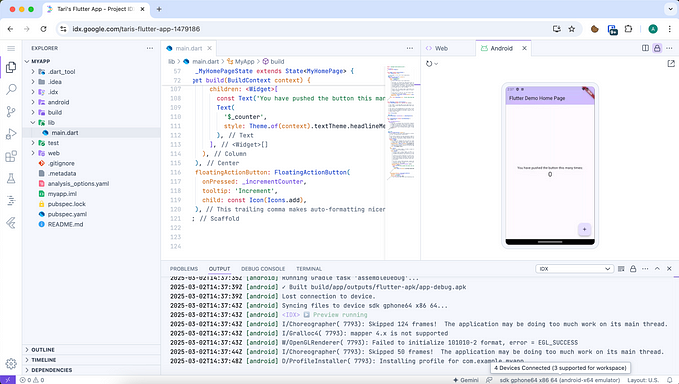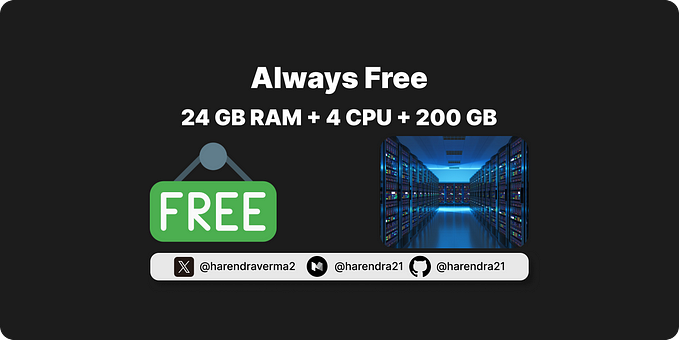All You Need to Know About Native Vs Cross-Platform App Development
Synopsis: There are millions of mobile applications development companies are available in the market for both android and apple. These applications update their features and give tremendous performance to the users. Audience opting for mobile is keen to know the technology and this is a tough task for every mobile company. Launching an application based on the people’s choice and perspective can be a major challenge. It’s their job to choose the correct type of technology for application between native application or cross platform. In this feature, we’ll discuss the framework of both the technologies i.e. native and cross platform.

Native App Development
The term native app development refers to building a mobile app exclusively for a single platform. For example, you can develop a native Android app with Java or Kotlin and choose Swift and Objective-C for iOS apps. Native apps are known to deliver exceptional user experience as they are generally high performance.
Native mobile app development has become the gold standard for enterprise apps. Native applications are developed using programming languages and frameworks that are specific to a platform — Java or Kotlin for Android apps, and Objective-C or Swift for iOS apps. Native app development is generally high performance due to being built to run on each device’s operating system (OS). The visuals are also tailored to the platform UI/UX. Native apps take full advantage of platform-specific features as well as features on device such as GPS, fingerprint authentication, camera, and accelerometer.
Cross-Platform App Development
Building a mobile app that works on both Android and iOS is difficult to do correctly. While cross-platform development saves time and cost, you risk sacrificing quality in the process. It is difficult to tailor an app that runs optimally on various platforms, and the app will need an additional abstraction layer when running, thus resulting in lower performance.
Cross-platform app development is a cost and time-effective approach to creating apps that can be deployed across both Android and iOS. However, it can be difficult to achieve uniform quality across platforms as these frameworks often lack certain functionalities. For example, if you are using React Native, you will need to wait for the next version to come out before adding in new functionalities.
What To Consider When Choosing An Approach To Build Mobile App
Application Complexity
Cross-platform development may be a good fit if your app is largely connecting to and displaying data from the network. However, if you need to make heavy use of device-specific features like Bluetooth or a lot of custom UI, native development might be a fit.
Cost
Cross-platform development is the ideal choice if your app has a limited budget, as you’ll save around 30%-40% as only a single codebase is needed for an app that works on both Android and iOS. Native development requires a separate code to be written for each operating system, it results in a higher cost of development as you are paying twice the salary and time. Cross platform development is a cheaper alternative if you have a limited budget.
Development Time
Developing an app for both Android and iOS platforms can save you plenty of time. If you need to release your mobile app as soon as completed but have a tight budget, then developing just one version of your app that works on both platforms could be a better solution for you than developing two.
UI/UX
Native app development is best for custom visuals and experience. Since you’re working within the confines of a platform (iOS or Android) specific design guidelines, you’re able to use OS-specific UI/UX components like widgets, scrolling mechanisms, keyboard behaviour and more. Cross-platform apps offer far fewer UI/UX customizations.
Native Or Cross-Platform App
You need to make a decision on whether you’re going to have a native or cross-platform app. Depending on your decision, the cost and time required will vary greatly. The user experience will also differ depending on the platform you choose. Make a list of the pros and cons of each platform and see which one is best for you. If you need more information, we’ve included some helpful guides.
At the stage of development, when you’re still not sure about your app, here are two things you can do before deciding on the native or cross-platform approach. First of all, find out what exactly your users will expect from the app. Will they need an offline mode? Will they need a custom user experience that is unique to their platform? There is nothing like user surveys and interviews to get to the bottom of it.










